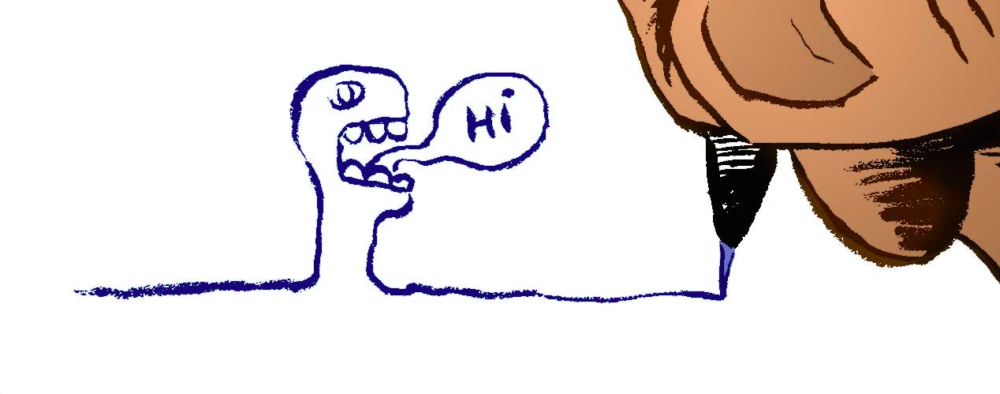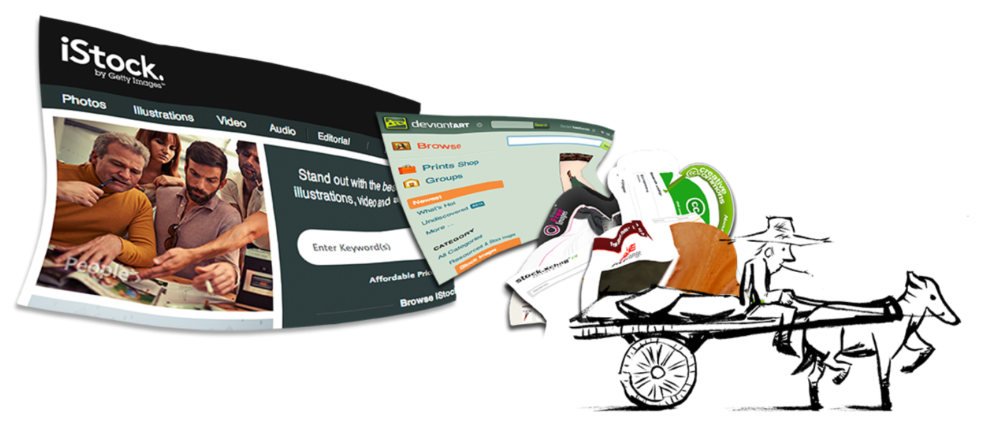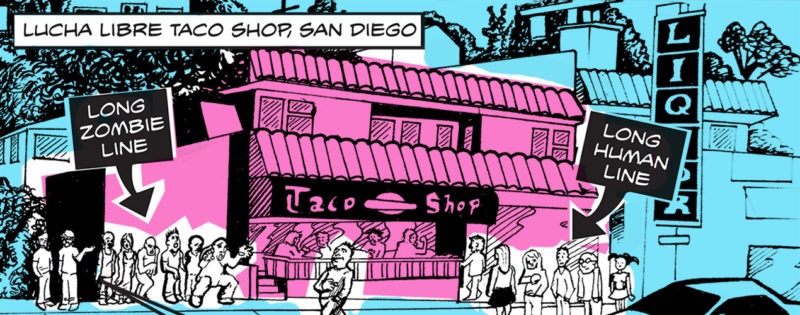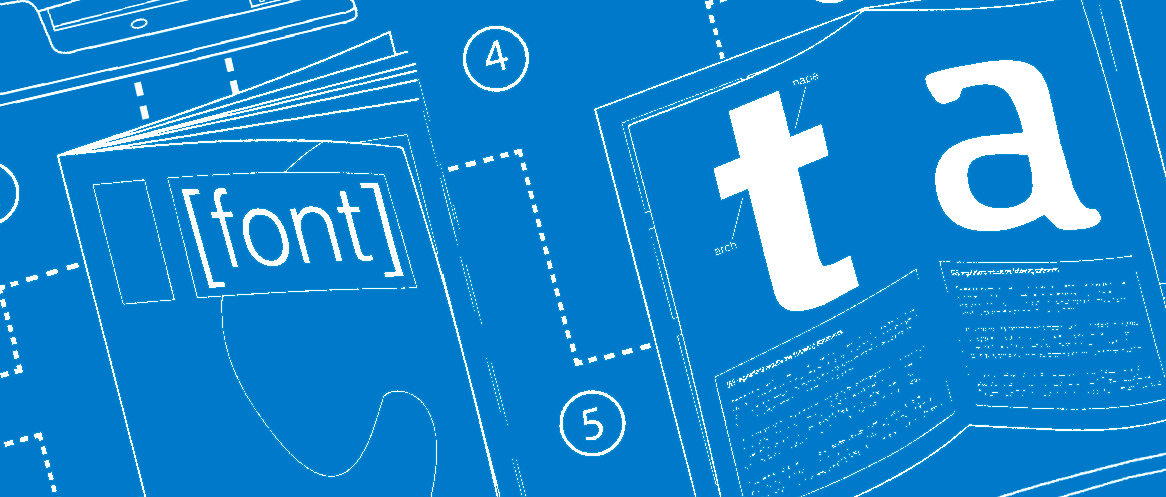Good illustration is a challenge and can be time-consuming. No matter how cheap you can get an iPhone, download an app, and cut out parts of the illustration process (pen, paper, etc.), creating quality art takes dedication, patience, and concentration. One only has to watch comic artist Sara Pichelli create an entirely digital illustration in rapid time to understand this.
Social Media Scientist Dan Zarella — the guy who people turn for when it come to social data — recently said, “I do believe the story of the present and near-future of social media is visual content. From the impact of images and video on Facebook and Twitter to the new crop of media-centric social platforms like Instagram and Pinterest, it’s clear that inbound marketers need to be turning out great visual content.”
We happen to agree. When you invest in blog illustration, there’s a sense of quality that’s conveyed to your current and potential customers. They get a “gut feel” about the care you put into your business. They can smell the richness and devotion of your brand when they see humanity in the line work of the illustrations you choose.
In 2008, Google hired famed comic artist Scott McCloud to create a comic to explain their Chrome browser to the public. Why did they do this? Didn’t they realize they could have released a manual (which they already needed to do) for less than the price per page it took to have a famous comic artist work on one for them?
I suspect they hired McCloud for a number of reasons, but chief among them was they wanted something new and different to match up with their new and different browser. It gave their engineers a sense of pride in their work as they were being interviewed by McCloud, and with him came an audience of comic consumers who would not normally flock to read an engineer’s take on a product. Everyone wins, and the illustration proves more than worth the investment. The final product told a story about a browser, and the act of creating the comic generated a story.
The pinnacle in superb synthesis of commerce and art can be found in the hottest comic product out there right now: The Oatmeal (aka Jeff Inman).
While there are quite a few prizes in The Oatmeal‘s trophy case (New York Times bestseller, ultra-successful Kickstarter campaign, etc.), I would argue that it’s successful due to one key factor: Inman knows his audience better than anyone will ever know an audience. Because he has the superpowers of audience insight and artistic ingenuity, he is able to react creatively to challenges that boost his brand in innumerable ways.
 In October of 2013, Inman’s second book, Why Grizzly Bears Should Wear Underpants, was released. But there was a problem: Inman’s deal with Barnes & Noble had him make placards to go with display sets of his book. When Inman dropped by his local B&N to see the display, he noticed it wasn’t up. He then realized that it might not be set up at a great number of B&Ns across the country.
In October of 2013, Inman’s second book, Why Grizzly Bears Should Wear Underpants, was released. But there was a problem: Inman’s deal with Barnes & Noble had him make placards to go with display sets of his book. When Inman dropped by his local B&N to see the display, he noticed it wasn’t up. He then realized that it might not be set up at a great number of B&Ns across the country.
Instead of getting angry at Barnes & Noble for not uniformly fulfilling their end of the bargain, Inman took to the Internet and asked fans to go to Barnes & Noble and take pictures of themselves with the display racks. In exchange, he would draw them as cartoonified characters.
Within hours, his Facebook post was populated with images of people in B&N stores and more than 10,000 “likes” and “shares.” In the following weeks, he seemed to have a great time keeping his promise for at least 16 lucky people.
I can already hear you saying, “But, wait! I don’t have a webcomic! Why do I need to make illustrations?”
I have two responses to this.
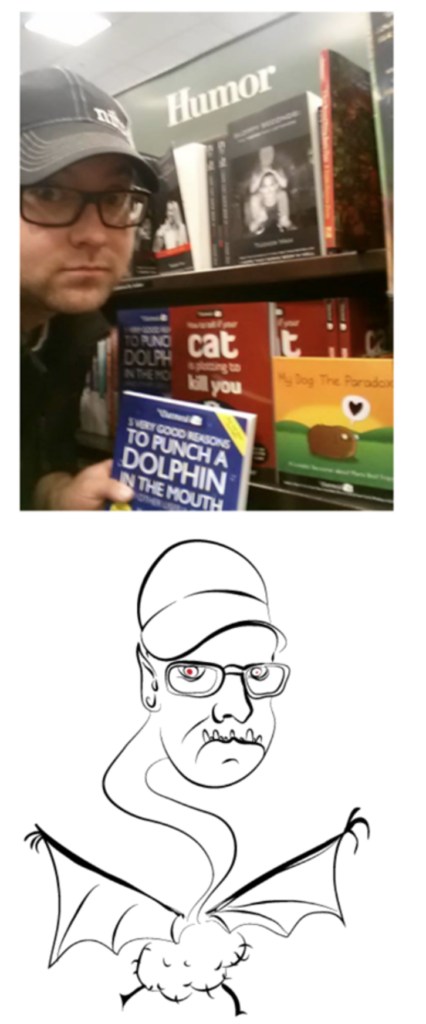 First, Inman’s success with his illustrations in the above example came down to his being in tune with his audience.
First, Inman’s success with his illustrations in the above example came down to his being in tune with his audience.
Something you probably can pick up from the comic examples I’ve cited is that the artists are definitely in tune with the evolving wants and needs of their audience base. They have to be. Illustrators work on a visual basis – there needs to be an emotional grab right away within their artwork in order for it to be successful.
The best illustrators know their audience better than most people, and those people are the ones to seek out. Both McCloud and Inman will admit that they’re not expert draftsmen, but whatever they might lack in their drawing abilities they more than make up for in their ability to communicate emotional information to their audience.
You need this in your brand whether you know it or not.
Secondly, the success of Inman’s Barnes & Noble scheme worked because it wasn’t malicious in nature. It was objective and creative.
He wanted his books to be sold there. He wanted his audience to go buy his books, and he knew that they needed to at least have the option to be a part of his comics “in crowd.” He definitely accomplished all three things by offering his consumers a challenge assignment and call to action, and solidified the feeling by giving them an award. This kind of creative ingenuity and brilliant responsiveness is an urgent need in your business.
I’m not saying to go out and do what Inman did with his Barnes & Noble challenge, or to hire a comic artist to make a manual for a new product launch.
What I am saying is to look for creative people who are productive and know your audience, and hire them to be a part of your team. As a business owner, I know that you need to sink a good deal of your marketing budget into advertisements and other sorts of stable marketing strategies. But I also know that if you want the exponential growth and success of the exemplary businesses that we all want to become, we have to be willing to experiment.
The experiment I encourage you to try is to find your Scott McCloud or Matt Inman and collaborate with them on your blog illustration. See where it takes you. Worst-case scenario: You have a really good time doing something different.

